Imagine standing beneath a sky so huge and endless that you are humbled. The air is vibrant, world dozing, and you? You are on a mission—a race against the clock to snap fleeting glimpses of faraway galaxies, star clusters, and nebulae before they fade beyond the horizon. This is the Messier Marathon, an all-night challenge in which skywatchers try to identify all 110 deep-sky objects from Charles Messier’s famed catalog in one night. An ultimate test of endurance, talent, and unbridled celestial enthusiasm. Some call it lunacy, but for those who dare, it’s a night of wonder, full of cosmic treasures to be discovered. Are you ready to take up this challenge? Let’s find out through our blog…
Charles Messier:
Charles Messier, an 18th-century French astronomer and comet hunter, discovered at least thirteen comets. On a summer night in 1758, while searching for comets near the southern horn of Taurus, he spotted a small, hazy object. Initially, mistaking it for Halley’s Comet, he soon realized it was stationary. This object, later named Messier 1 (M1) or the Crab Nebula, was a remnant of a supernova first observed by Chinese astronomers in 1054. To avoid confusing comets with such fixed objects, Messier began cataloging them, creating a reference list for fellow astronomers to prevent false comet reports.

Messier Catalog: Not a comet one..
The Messier catalog serves as an essential guide for amateur and professional astronomers, listing 110 celestial objects observable from the Northern Hemisphere, each labeled with an M-code (M1 to M110). Compiled from Paris, it features a diverse range of astronomical bodies, including spiral, elliptical, and lenticular galaxies, open and globular star clusters, planetary and diffuse nebulae, and a supernova remnant. While Messier identified over 40 objects using small telescopes, the catalog later expanded with contributions from other astronomers. The debated M102 was initially believed to be a duplicate of M101 but is now recognized as NGC 5866. Well-known entries include the Orion Nebula (M42), Andromeda Galaxy (M32), and Ring Nebula (M57).
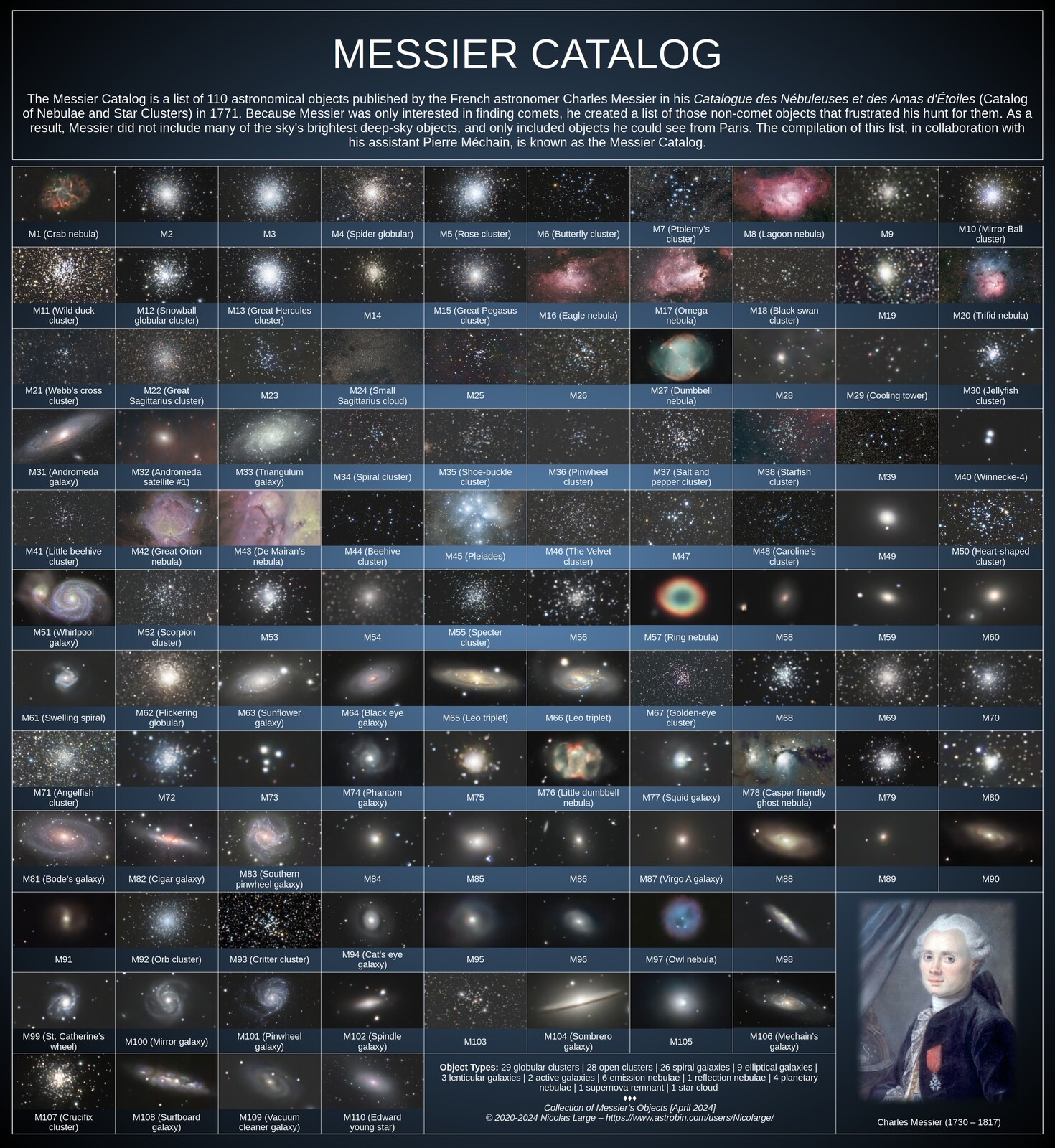
The Messier Marathon: A Celestial Endurance Challenge:
In the 1970s, American astronomers Tom Holfelder, Donald Machholz, and Tom Reiland introduced the Messier Marathon, an annual all-night observing challenge designed to test both skill and stamina. Held during a narrow viewing window in March and early April, the event offers a rare opportunity to observe all 110 celestial objects cataloged by Charles Messier in a single night. During this period, as the Sun traverses the region between Pisces and Aquarius, no Messier objects are present in this part of the sky, creating an unobstructed viewing path from sunset to sunrise. The marathon begins at dusk with low-horizon galaxies such as M77 and M74 before they sink below the horizon. Participants then progress through constellations densely populated with Messier objects, including Sagittarius, which hosts 15 objects, and Virgo with 11. The challenge concludes near dawn with M30, a globular cluster hovering low on the eastern horizon. Ideal observation latitudes range from 20 degrees south to 55 degrees north, offering optimal viewing conditions.
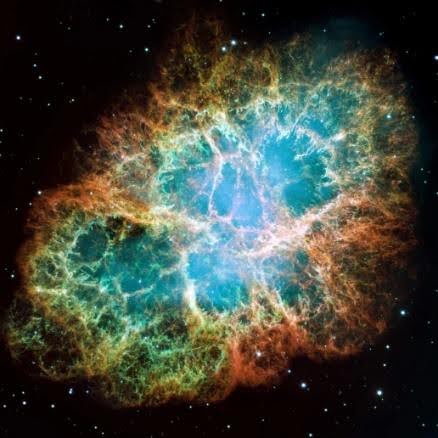
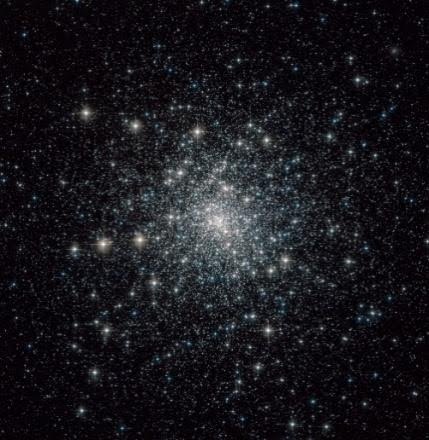
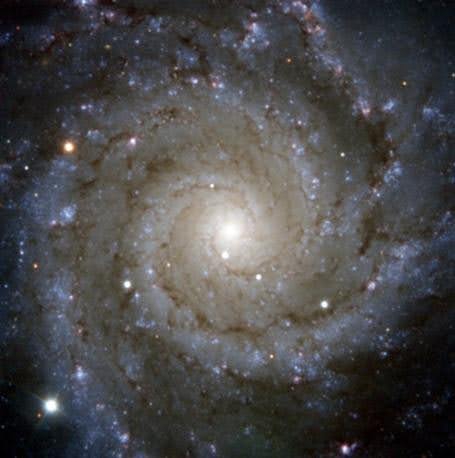
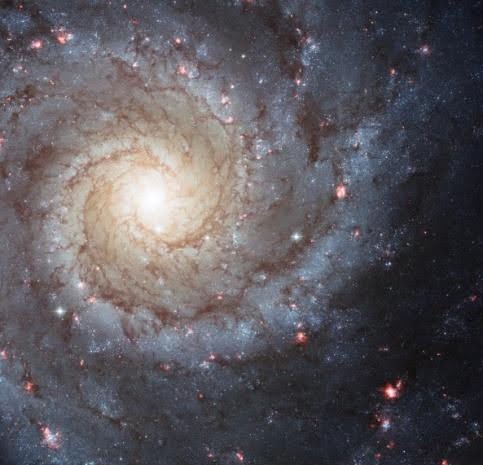
Ideal Conditions to Plan a Messier Marathon in India:
To successfully organize a Messier Marathon in India, careful planning and ideal conditions are essential. The best time for the event is from mid-March to early April, around the spring equinox, when all 110 Messier objects are visible between sunset and sunrise. A new moon or thin crescent moon ensures darker skies, enhancing the visibility of faint galaxies and nebulae. Avoid full moon nights, as the brightness can obscure dim objects.
For optimal viewing, choose remote locations with minimal light pollution, such as Ladakh, Spiti Valley, Rann of Kutch, or Coorg. Astroport India, located near Sariska National Park in Rajasthan, is also an excellent site due to its pristine skies and well-equipped stargazing facilities.
Using a Dobsonian telescope (8–12 inches) is recommended for its wide field of view and ease of use. Start the marathon at dusk with low-western horizon objects like M77 and M74. Progress through dense constellations such as Sagittarius (15 objects) and Virgo (11 objects), and finish near dawn with M30, a globular cluster low in the eastern sky. With proper preparation, the Messier Marathon promises an exhilarating and rewarding stargazing adventure.
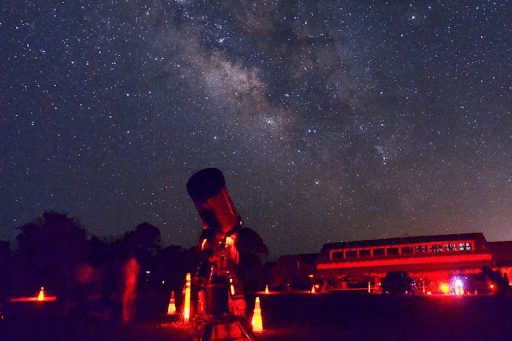
SPACE India and Sariska Astroport have been instrumental in promoting and conducting the Messier Marathon annually since 2010, turning it into a grand and educational event for astronomy enthusiasts. Their contribution encompasses large-scale event organization, public outreach, and scientific engagement, making the marathon an unforgettable experience. SPACE India offers technical support, expert guidance, and advanced telescopes to help participants successfully observe the maximum number of Messier objects. Their structured event plan covers object tracking strategies, observation techniques, and real-time assistance, enhancing the learning experience.
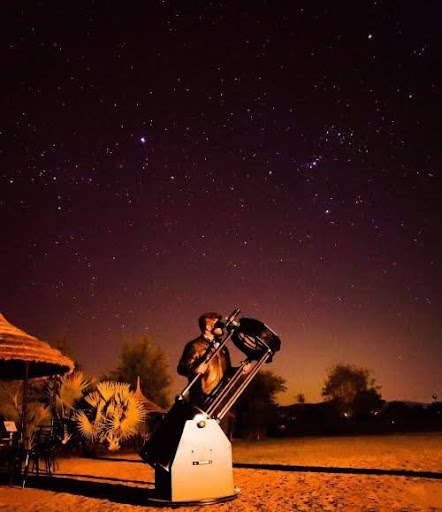
This year, the Messier Marathon is being conducted at all Astroports across India, expanding its reach and offering more enthusiasts the opportunity to participate. Sariska Astroport, located near Sariska National Park in Rajasthan, serves as one of the premier observation sites with low light pollution and clear skies, providing perfect conditions for deep-sky observations. The facility offers high-quality telescopes, astrophotography equipment, and expert support, making it a preferred destination for both amateur and seasoned astronomers.

Additionally, SPACE India conducts educational sessions before the marathon, introducing participants to star charts, telescope handling, and Messier object identification, while providing hands-on experience with GoTo and Dobsonian telescopes. Their public outreach through social media, webinars, and live events inspires students, educators, and space enthusiasts. By encouraging participants to log and share their observations, they promote scientific collaboration and foster a deeper interest in astronomy, making the Messier Marathon both an educational and observational success.
—
If you like the blog, enroll your school or yourself (k-12 student) in our School Programs or Online Programs, call us at +91-74020 74020 or write to us for any query: getintouch@space-india.com

